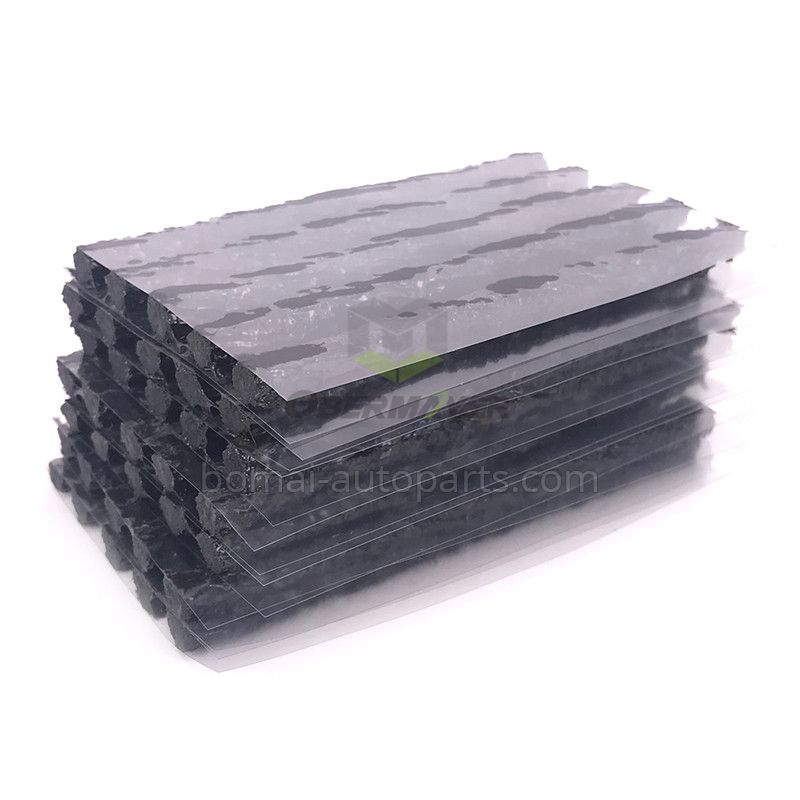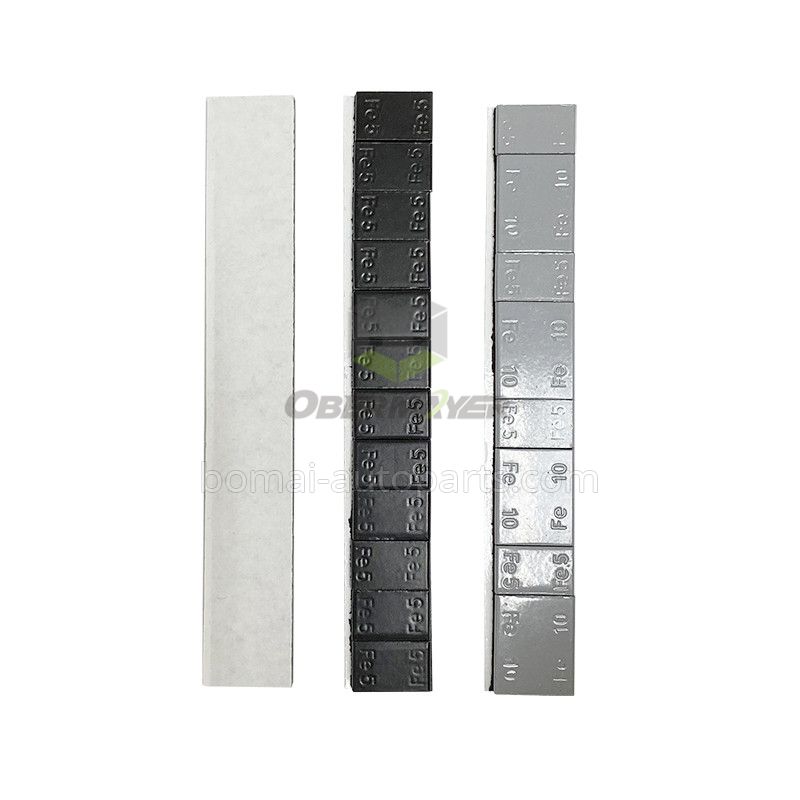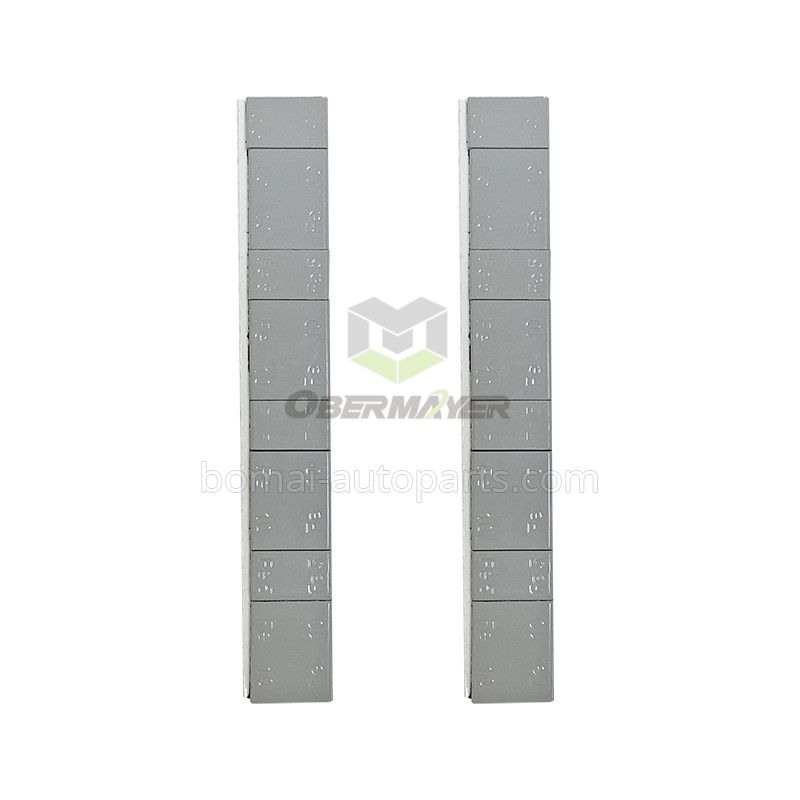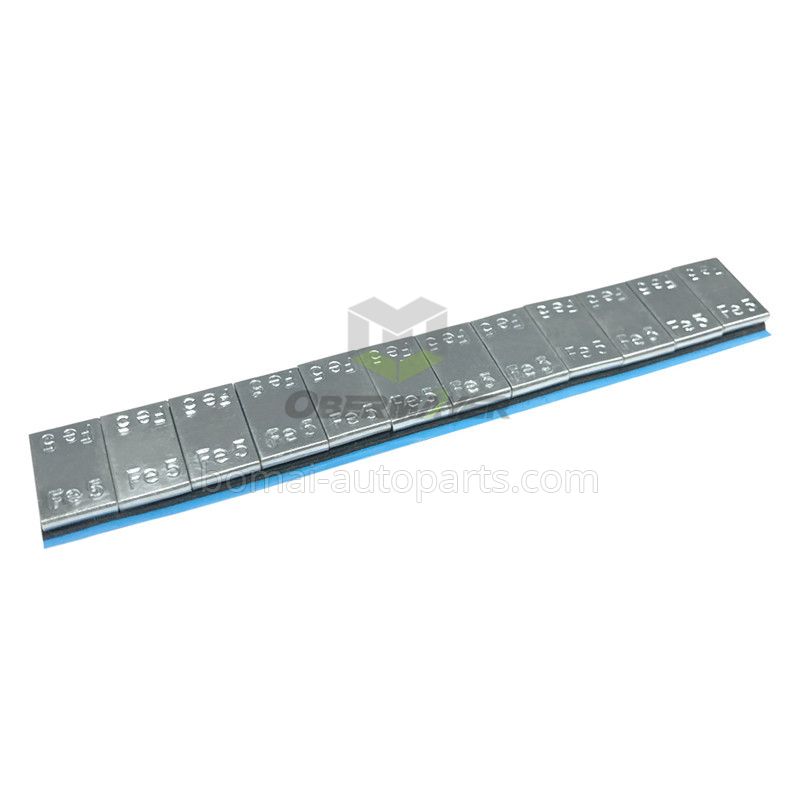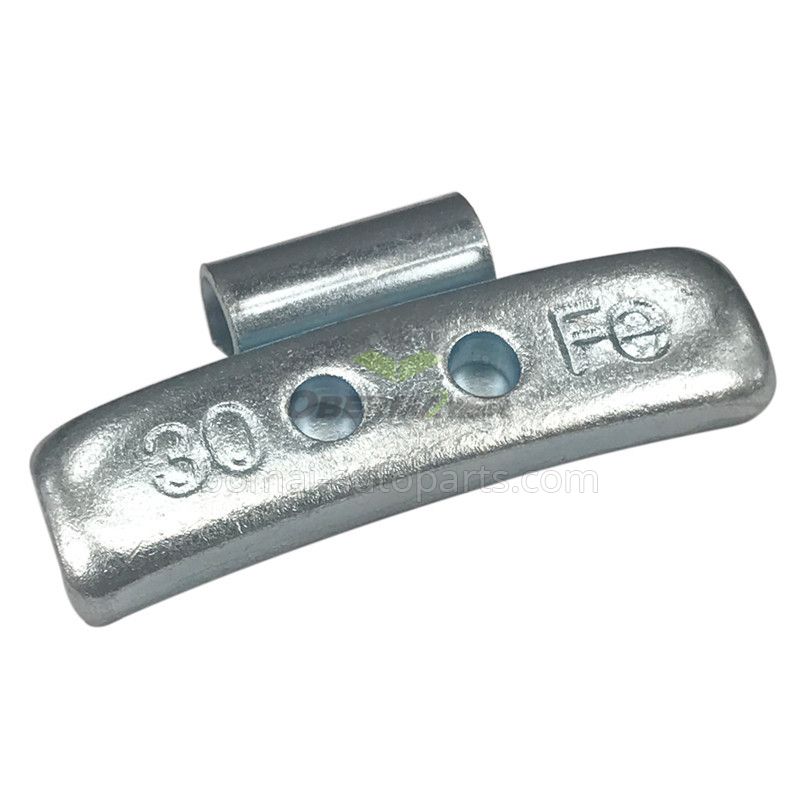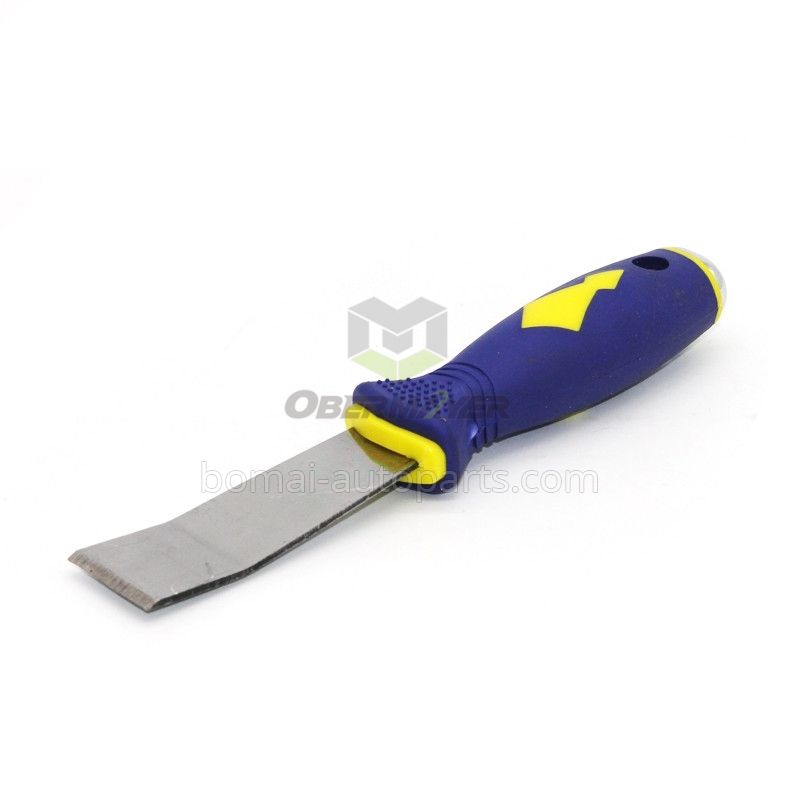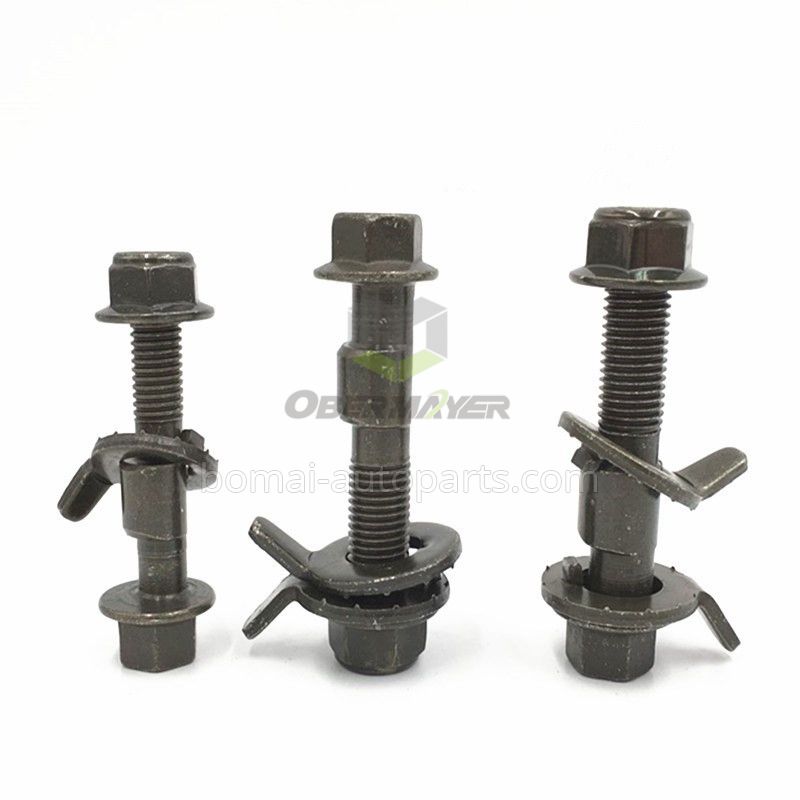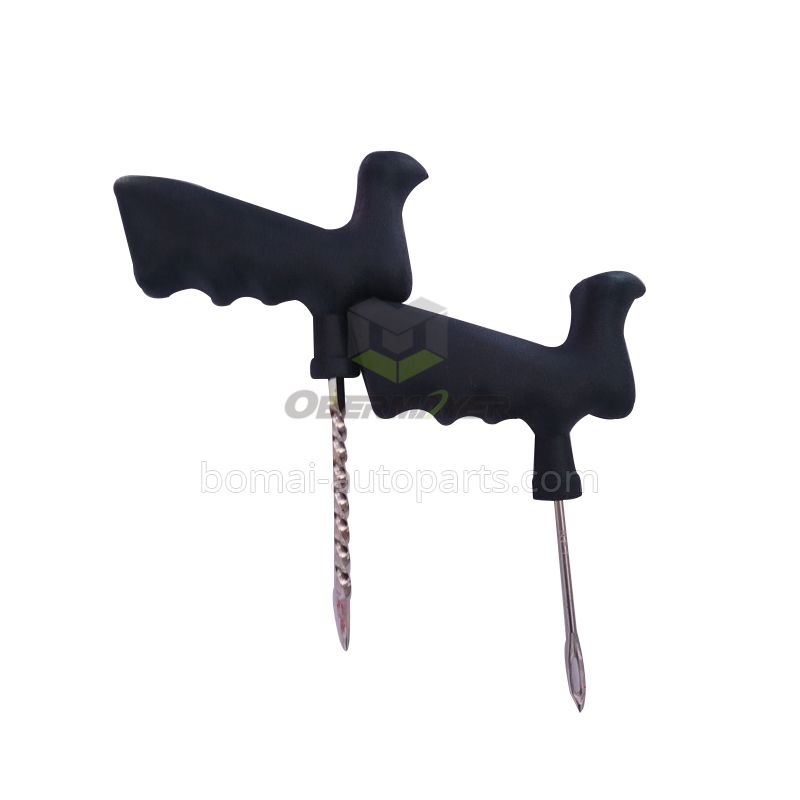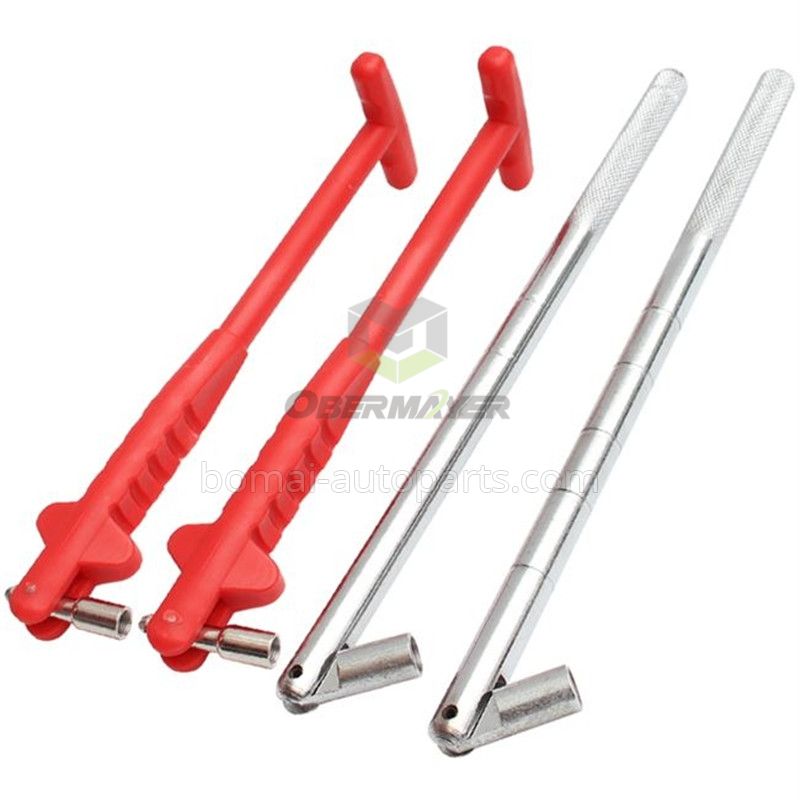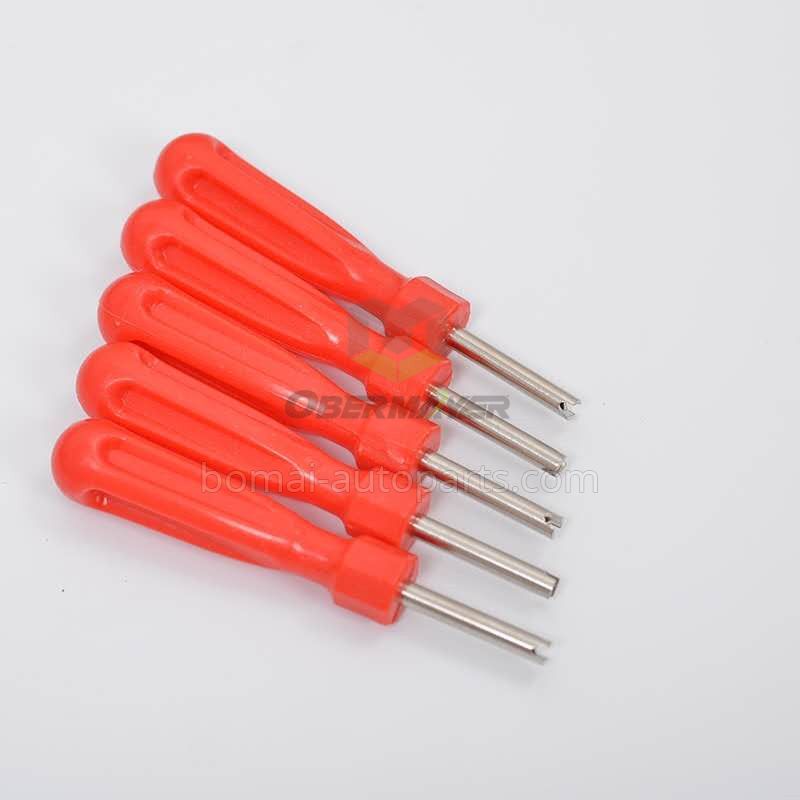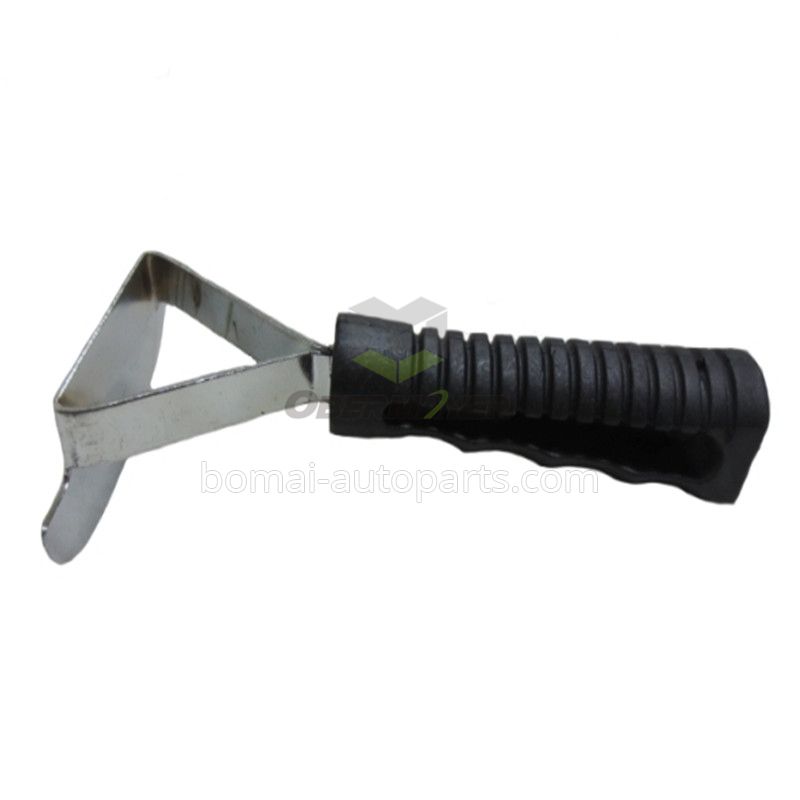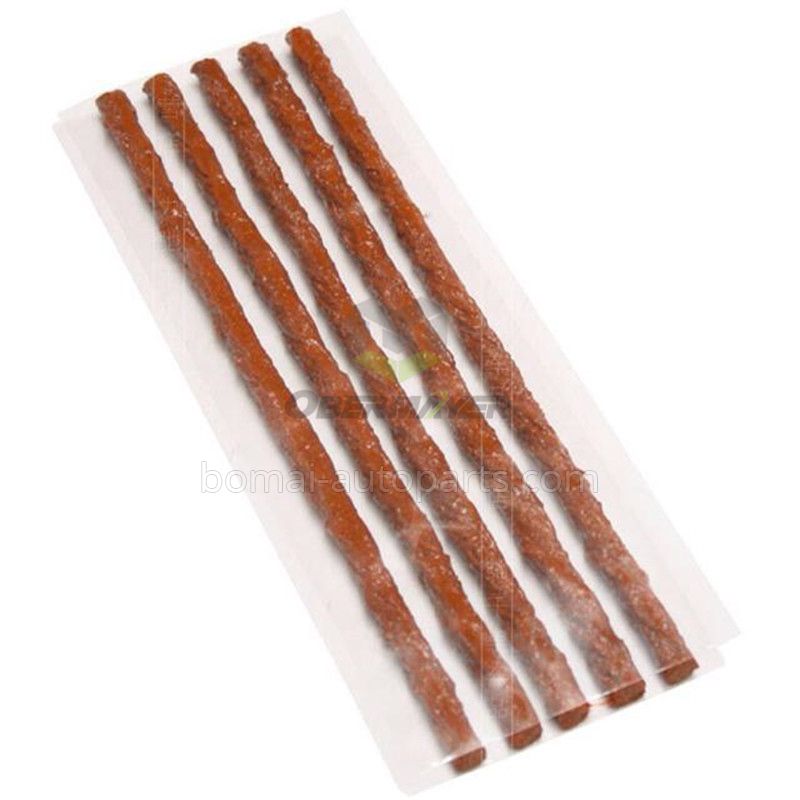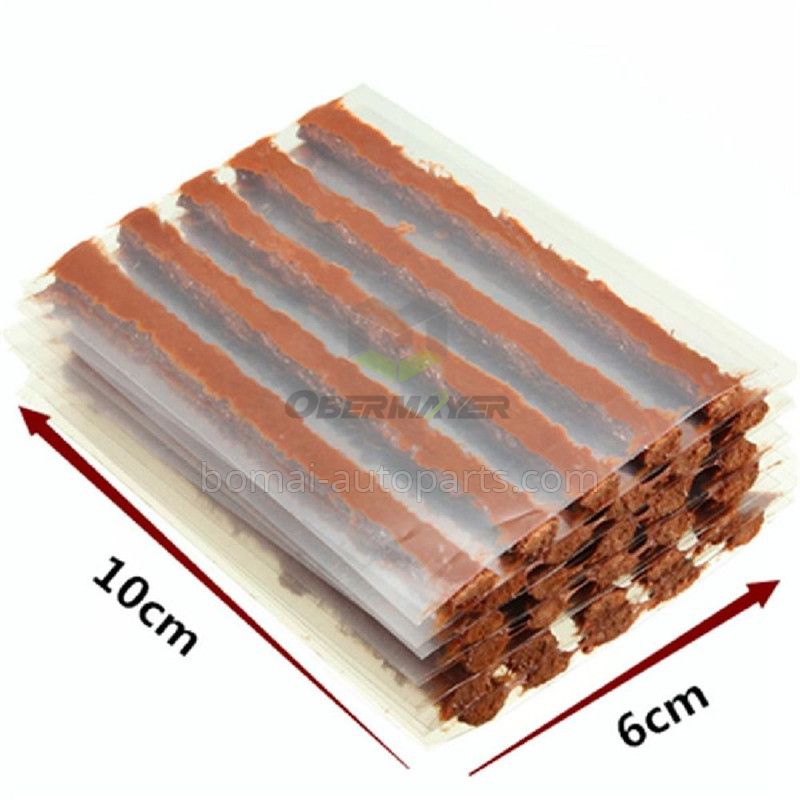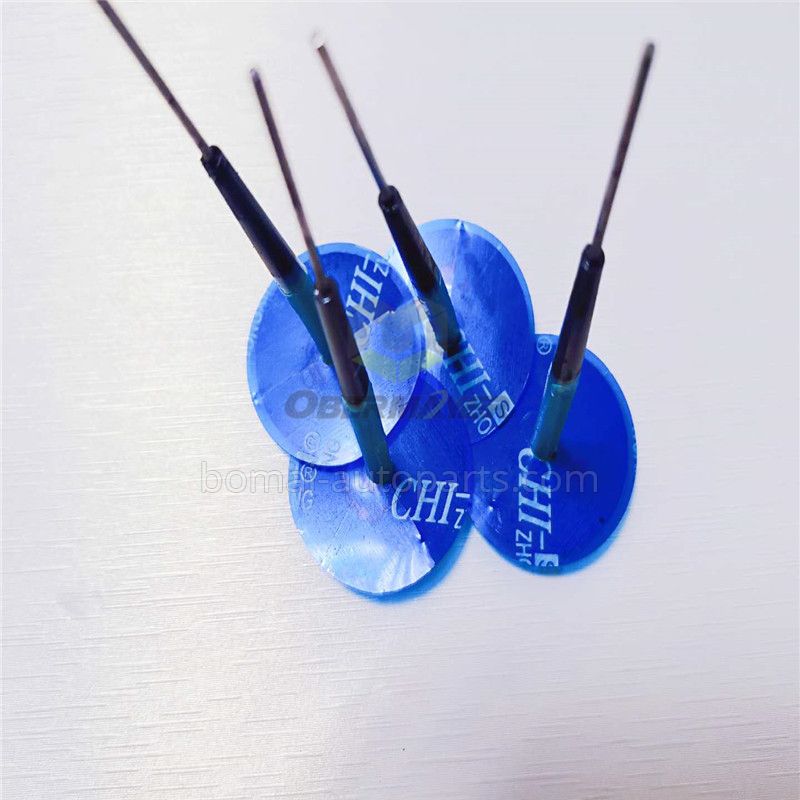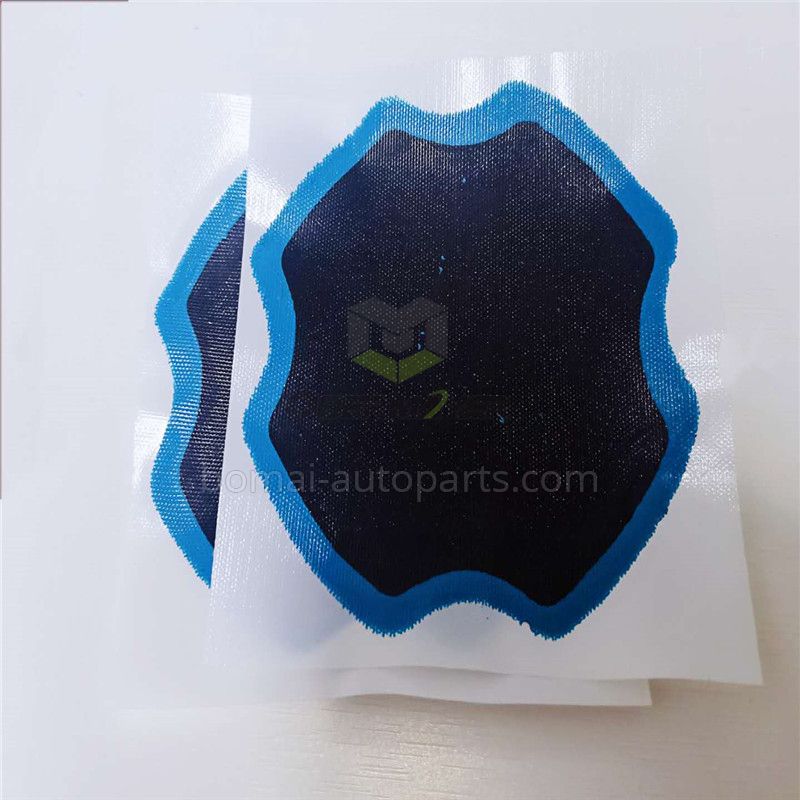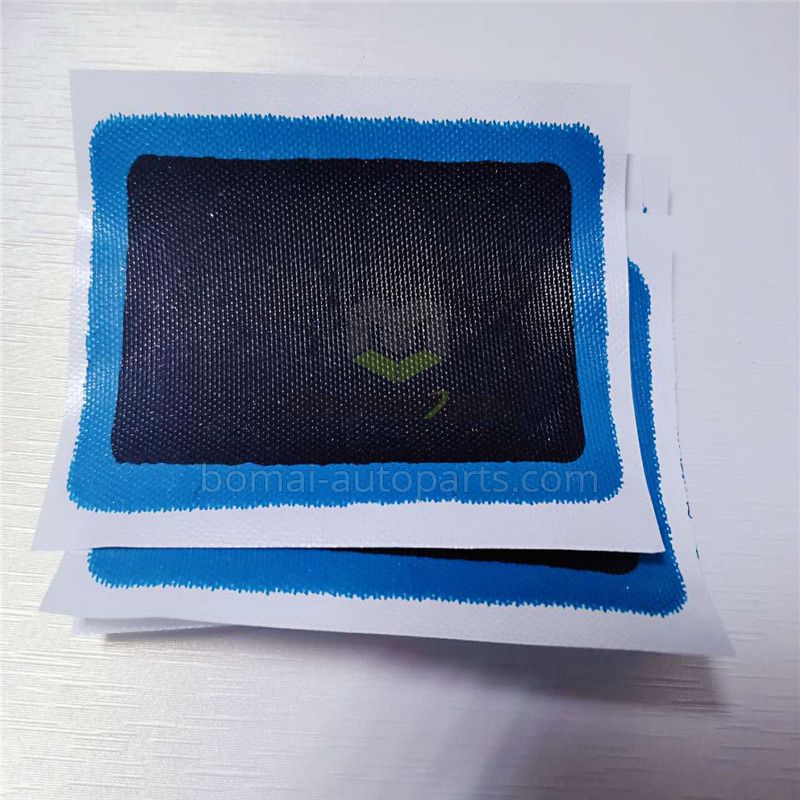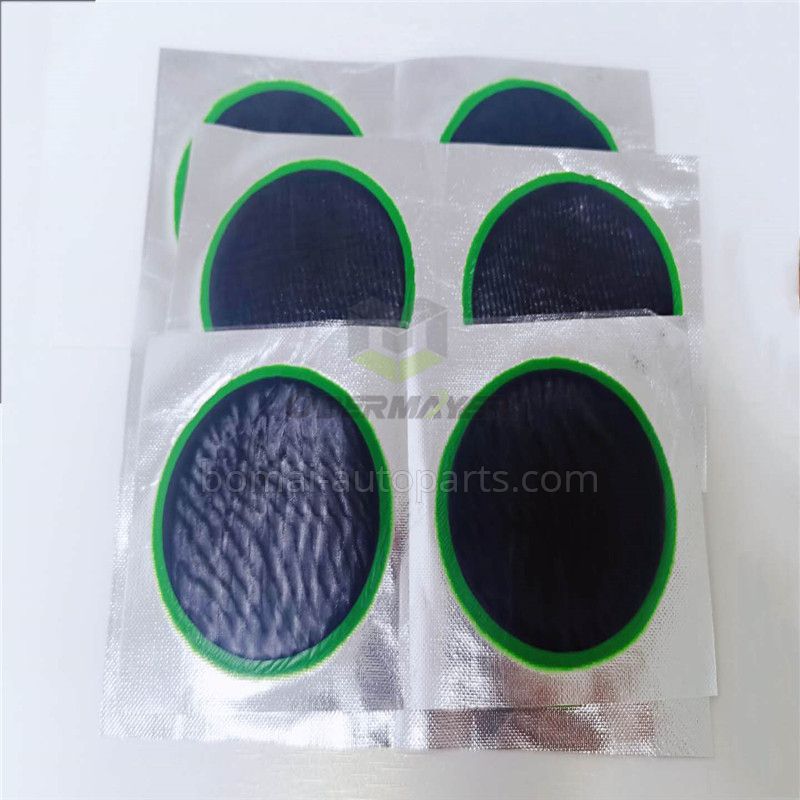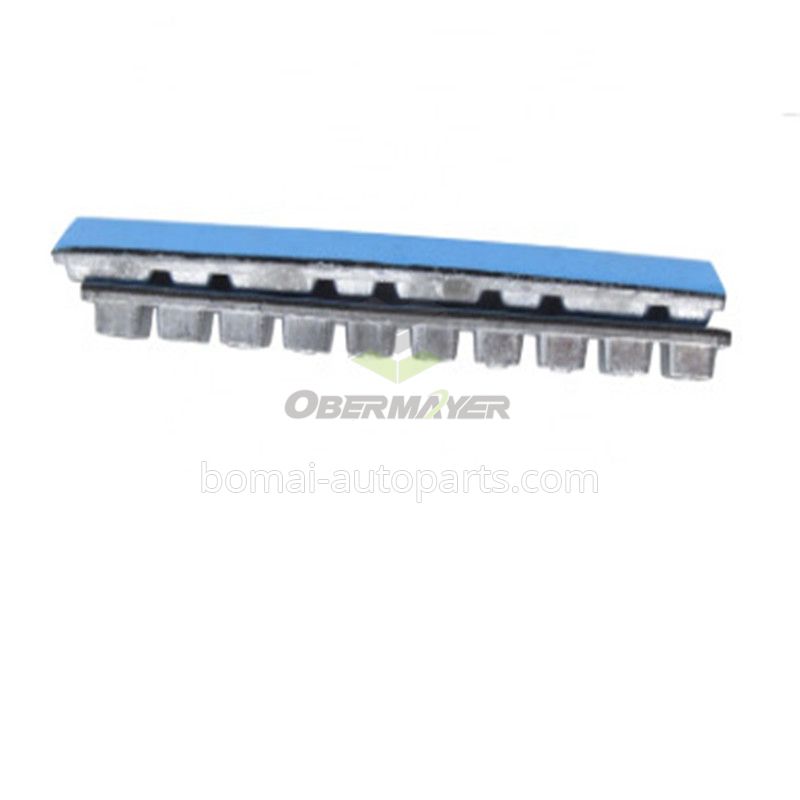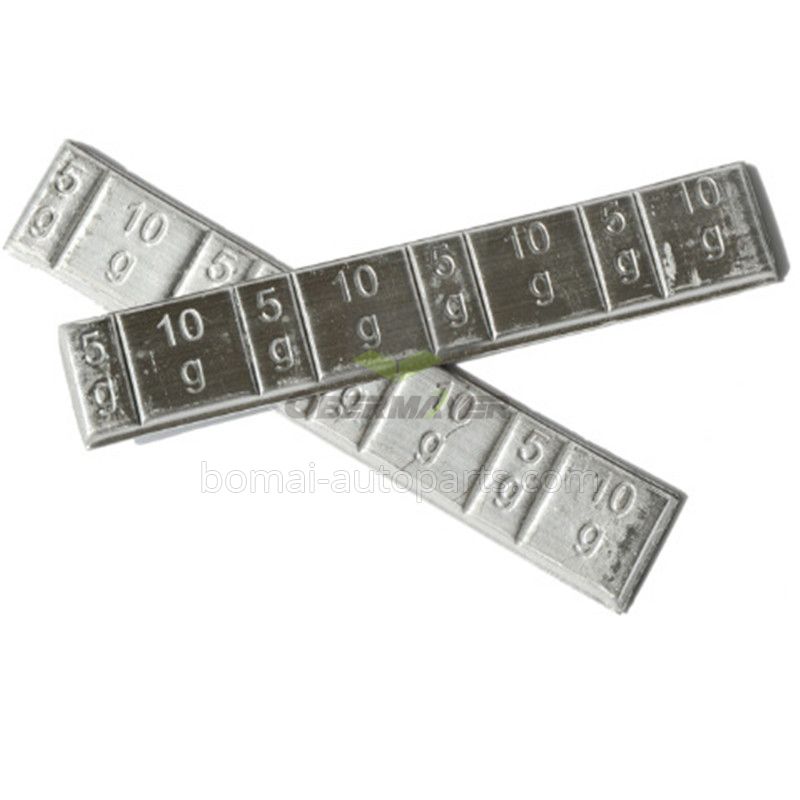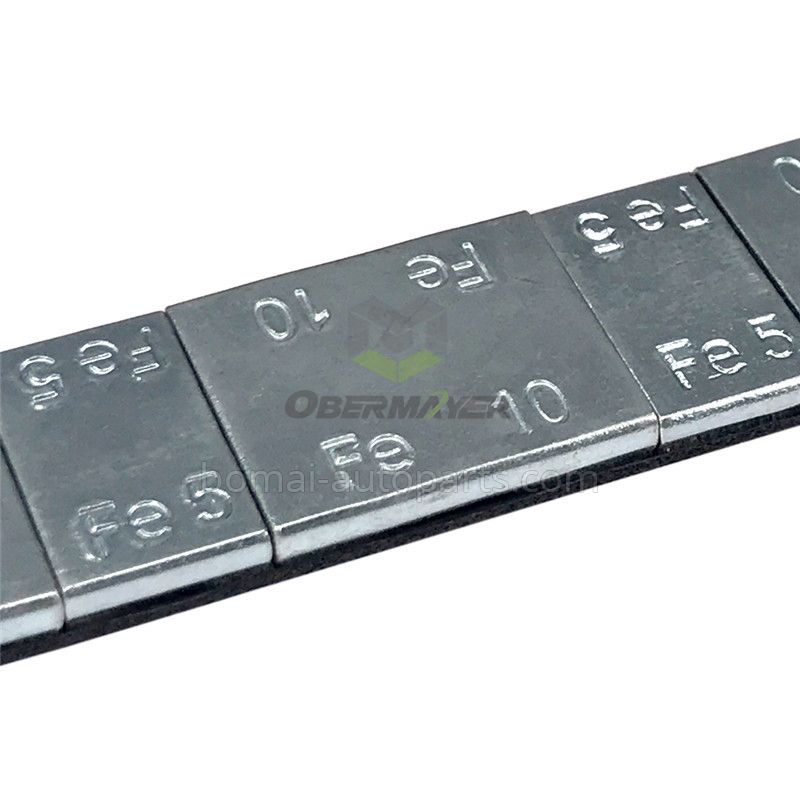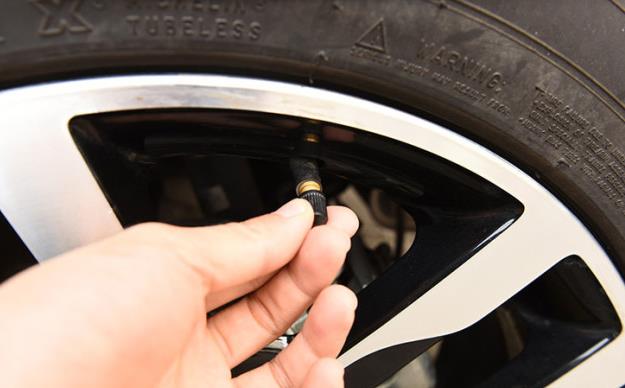The 100 Best Car Tips For Men(1)
Want to avoid expensive bills from the mechanic? Take a look at our comprehensive guide on keeping your ride in top shape, including how to handle any driving scenario.
1. Rainproof Your Windshield
Manufacturers recommend replacing your blades every three months. Keep a spare set in your trunk. A product such as Rain Clear can also help minimize the work of your wipers; spray it onto the glass every few weeks. In some light rains, it makes the wipers almost unnecessary.
rainclear.com
2. Skip the DIY Car Wash
Washing a car at home uses five to 20 times more water than a professional car wash. You also aren't doing your car any favors: A recent study at the University of Texas proved that a single DIY wash can leave scratches as deep as a tenth of the paint's total thickness.
3. Eliminate Distractions
As driving instructors stress, your hands tend to follow where your eyes are looking. Adjusting the radio dial takes 5.5 seconds—and that's 5.5 seconds when his eyes may not be on the road and both hands may not be on the wheel. Dialing a phone triples your risk of a crash. Reaching for a moving object increases it nine times. Worst of all is texting, which makes you 23 times more likely to crash. "Avoid the temptation to multitask behind the wheel altogether and put your cell phone in the glove compartment every time you get in the car," says Ray Lahood, U.S. Secretary of Transportation.
4. Lower Your Seat
Drivers who sit higher feel as if they're driving slower. Thus, SUV drivers, who are already piloting the vehicles most prone to roll, drive faster because they feel like they're creeping along. So lower your seat to get the sensation of more speed.
5. Turn Your Lights On
A Canadian study from 1994 found that people who drive with their headlights on during daylight hours have an 11 percent decreased risk of being in an accident with another automobile.
6. Assume the Position
Smaller blind spots mean you'll crane your neck less. Try this mirror adjustment method from Tom and Ray Magliozzi, hosts of NPR's Car Talk: Set your rearview mirror as you normally would, then tilt it upward so you sit up straight. Lean your head against the driver's window, then set your left mirror so you can see the back corner of your car. Lean right to do the right mirror.
7. Save Your Clutch
Don't ride your clutch in anticipation of shifts. You'll accelerate quicker and your clutch will last longer if you use it like expensive cologne—sparingly.
8. Check Your Hands
Your seat is positioned properly when you can hang your wrists over the top of the steering wheel. And remember not to grip the wheel as you would a tennis racket, with your thumbs wrapped around so that they connect in back with your fingers. Instead, leave your thumbs on top of the wheel. Otherwise, in a collision, the wheel can whip back around and snap your thumbs.
9. Don't Jump the Gun
Ramp metering, or the use of traffic signals at freeway on-ramps to regulate flow, forces a small time penalty on drivers at the beginning of their commutes, but it pays off. "Requiring vehicles to wait 20 or 30 seconds can save drivers 5 to 10 minutes on their trip," says David Schrank, Ph.D., of the Texas Transportation Institute.
10. Look Left, Then Right
Forty percent of car crashes occur at intersections, according to the National Highway Traffic Safety Administration, as do 22 percent of all fatal crashes. HOW TO...HANDLE ANY DRIVING SCENARIO
11. Deal with a Deer in the Road
Don't take radical evasive action to avoid a collision, which is more likely to cause you bodily harm than making contact with the animal will. Plus, you're facing a wild animal, and there's no way to tell in which direction it will flee. If you have time, flash your headlights to try to scare the creature out of your path. If a collision is imminent, brake with your steering wheel straight. At the last possible second, steer away from the animal's midsection to prevent the animal from crashing through your windshield and landing on your lap.
12. Downshift Like a Racer
Try the heel-toe shift, recommends driver Robby Gordon, winner of three Baja 1000s. "Use your foot to apply the accelerator and brake at the same time," he says. "As you apply the brake, keep your right foot on the right side of the pedal so you can rock your foot over and use your heel to blip the throttle, which raises the rpms and allows the car to drop into gear more easily."
13. Ford a Stream
Do not drive in water higher than the air intake, which is typically on the front side fender. Pick an area where the flow of water is slow and enter at an angle to cut down on the surface area of the vehicle being pushed against by the stream. Enter gently but with enough speed to cause a bow wave, which pushes the water forward, creating a shallower area, and ford at a constant speed.
14. Corner on Dirt
Going sideways is the quickest way through a corner on dirt, driver Rhys Millen, who was the General Lee's main stunt driver in Dukes of Hazzard. "To do it well," he says, "initiate the slide through input to the steering wheel—you oversteer into the turn. Flick the wheel in the opposite direction of the curve to break traction, then whip it back the other way to initiate a slide in the direction you want to go. Once the car starts to slide, you can 'steer' by adjusting the throttle. More or less throttle will make the car slide at a wider or tighter arc, respectively. More gas makes for a more sideways slide. If you lift off the throttle, the car will still go sideways, but it will start to reduce speed and straighten out again."
15. Drive on Sand
Before driving onto a beach or into the desert, get out and drop your tire pressure to 12 psi, which helps you "float" on the sand. If you do start to sink into the sand, keep the momentum going: Do not stop. If you really feel the car getting stuck, reverse, back out, and look for a better way forward.
16. Survive a Rear-End Collision
First, pull your seatbelt taut. Next, release your foot from the brake and put the car in neutral. This will help distribute the force and may prevent you from being rear-ended twice, which can happen if you're applying the brakes after being hit and the car behind you is still moving forward.
17. Get Unstuck
If your tires have sunk into mud, snow, or sand, driver Cameron Steele, a Baja 1000 winner, says to lower the tire pressure way down—as low as 5 or 6—and dig out space in front of the tires to give yourself a run. "If you still don't get traction, put down some pieces of carpet," he says. "But always put a leash on what you use for traction—say 50 feet long—and tie it to your bumper so you don't have to run back into the mud or gunk to pick up the pieces."
18. Survive a Water Landing
Almost all cars have electronic windows that short out when they come in contact with water. So invest in a center punch, a device shaped like a screwdriver but with a sharp center point. It makes breaking a window a cinch. Store it in your center console or glove box—not your trunk.
19. Maneuver Tight Corners
At the BMW Performance Driving School, instructor Jim Clark says these four words over and over: "Slow in, fast out." When taking a corner, you need to scrub as much of that speed as you can while the car is braking in a straight line, then you can accelerate out of the curve. The converse is "Fast in, maybe no out."20. Add Trees to Your Commute
Even if it takes you out of your way, trees may make your ride less stressful. An Ohio State University study found that scenic drives were more calming than those involving strip malls and endless asphalt.
21. Add Some Horsepower
If you drive a turbo, all you need is a bit of computer programming to add some power. Whether you're driving a twin-turbo Bentley or a simple 1.8-liter VW diesel, a few minutes of "chip tuning" by your mechanic can add 20 percent more power.
22. Get Out of a Lease
If your lease is in its final six months, you can sometimes buy the car outright at a huge discount—below wholesale in some cases. Otherwise, a company such as Swapalease can help you pawn your lease off on someone who is willing to take on the payments. For more info, go to: swapalease.com.
23. Give It a Rest
Shift into neutral at traffic lights. The transmission doesn't care, and it makes life a bit easier for the engine. This technique reduces the amount of heat carried by the cooling system and can increase gas mileage a tick or two.
24. Find the Center
The folks at DriveCam analyze driver behavior using video recorders installed on vehicles. (See highlights at drivecam.com.) Safety specialist Julie Stevens recommends sticking to the center lane on freeways. Rear-end crashes happen less there than in adjacent lanes. "Every time you change lanes you add risk," she says, "and the slow lane always has the most action." Other research has shown that the "chronic lane changer" saves a mere four minutes out of an 80-minute drive.
25. Use Your Headrest
Before you hit the road, sit up straight, raise your head as high as you can, and press it into the headrest. Hold it there for five seconds, then relax and repeat five times. This will improve your posture and put muscles like your multifidus to work to keep your spine erect. This, in turn, will reduce the strain on your neck.
Previous: The 100 Best Car Tips For Men(2)



